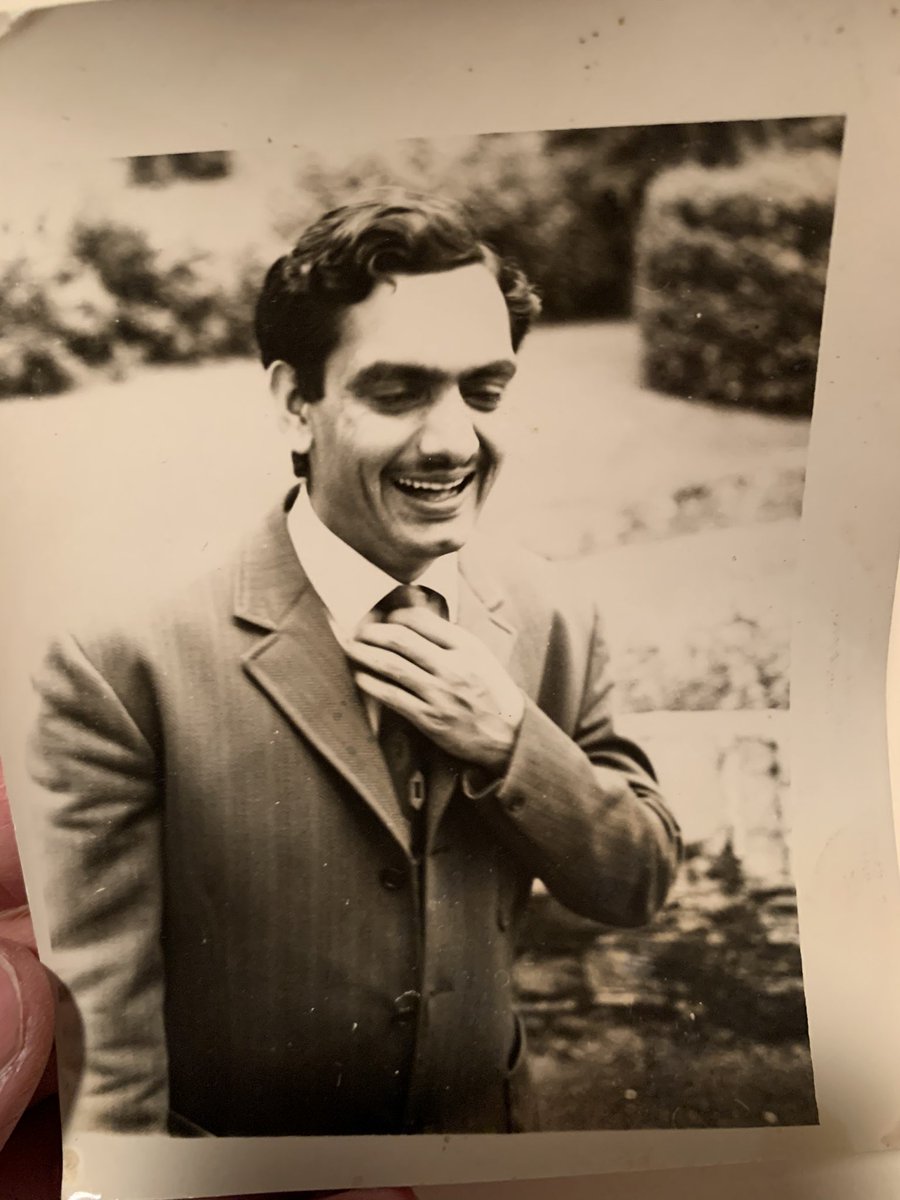
Since there’s been so much talk about commotio cordis with regard to #DamarHamlin, I figured I’d give a short explainer.
Commotio cordis was discovered by a guy named George Mines who worked in Montreal in the early 1900s. By a cruel twist, it was also the reason he died. (1/n)
Commotio cordis was discovered by a guy named George Mines who worked in Montreal in the early 1900s. By a cruel twist, it was also the reason he died. (1/n)
Mines determined that there is a narrow period in the cardiac cycle— a “vulnerable period,” he called it, about 10 milliseconds in duration— during which a stimulus—an electrical shock or even a punch to the chest—can cause a perfectly normal heart to fibrillate and stop. (2/n)
To show this, Mines developed an apparatus to deliver single electrical shocks via taps of a Morse key to electrodes placed on a rabbit’s heart. In a number of instances, he found that “a single tap of the Morse key if properly timed would start fibrillation.” (3/n)
The timing was crucial. “The stimulus would never cause fibrillation unless it was set in at a certain critical instant,” Mines wrote. A stimulus delivered before the vulnerable period would do nothing; after it, the stimulus would merely initiate an extra heartbeat. (4/n)
But a stimulus applied within the vuln period could excite tissue just recovering from the last beat and cause fibrillation. In 1913, Mines wrote his findings “suggest an explanation of the important and interesting condition of delirium cordis,” or madness of the heart. (5/n)
The vulnerable period is crucial to understanding why a healthy young athlete like Hamlin can drop in cardiac arrest after getting a blow to the chest. Scientists have confirmed the presence of the vulnerable period in mammals by slamming a baseball… (6/n)
into the chests of anesthetized piglets at various times in the cardiac cycle. They found that when the impact occurs within a narrow window 10 milliseconds long and approximately 350 milliseconds after the previous heartbeat, it can induce cardiac arrest. (7/n)
For those interested… nejm.org/doi/full/10.10… (8/n)
Unfortunately, Mines did not live long enough to see the impact of his work. On a chilly Saturday evening in November 1914, a custodian entered Mines’s laboratory at McGill to find him lying unconscious under a lab bench with monitoring equipment attached to his body. (9/n)
He was rushed to the hospital but died shortly before midnight without recovering consciousness. Though an autopsy was inconclusive, medical historians believe his death was the result of experimentation on the vulnerable period in a human: himself. (End)
• • •
Missing some Tweet in this thread? You can try to
force a refresh





